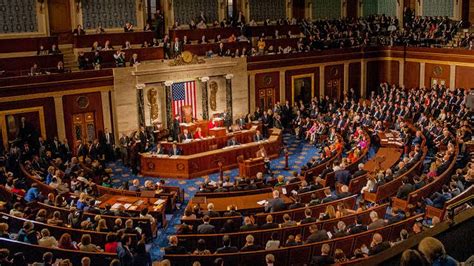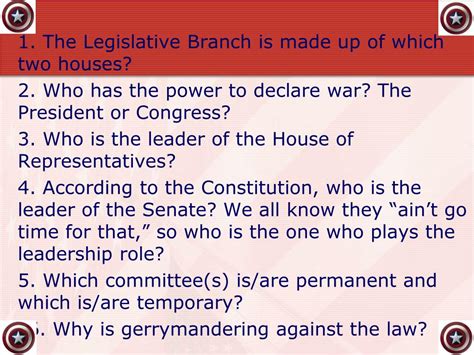Which Branch Of The Government Can Declare War

The United States Constitution grants the power to declare war to the legislative branch, specifically Congress. According to Article I, Section 8, Clause 11 of the Constitution, Congress has the authority to "declare War, grant Letters of Marque and Reprisal, and make Rules concerning Captures on Land and Water." This provision ensures that the decision to go to war is made by the elected representatives of the people, rather than by the executive branch or the judiciary.
Historical Context and Evolution of War Powers

Throughout American history, the question of who has the authority to declare war has been a subject of debate. The Constitution’s framers intentionally vested this power in Congress to prevent the president from unilaterally taking the country to war. However, over time, the role of the executive branch in war-making has expanded, particularly in the 20th century. The passage of the War Powers Resolution in 1973 was an attempt by Congress to reassert its authority in this area, requiring the president to notify Congress within 48 hours of deploying troops into combat and to obtain congressional approval for prolonged military engagements.
Key Provisions of the War Powers Resolution
The War Powers Resolution contains several key provisions designed to balance the president’s authority as commander-in-chief with congressional oversight. These include the requirement for the president to consult with Congress before deploying troops into combat, the limitation on the duration of military engagements without congressional approval, and the provision for Congress to compel the withdrawal of troops through a concurrent resolution. Despite these provisions, the resolution’s effectiveness in restraining presidential war powers has been subject to interpretation and challenge, reflecting the ongoing tension between the legislative and executive branches.
| Branch of Government | War Powers |
|---|---|
| Legislative (Congress) | Declare war, grant letters of marque and reprisal, make rules concerning captures |
| Executive (President) | Commander-in-chief, negotiate treaties, deploy troops (subject to congressional oversight) |
| Judicial (Supreme Court) | Interpret laws and treaties related to war, decide cases involving war powers |

Key Points
- The power to declare war is constitutionally vested in Congress.
- The War Powers Resolution of 1973 aims to balance executive and legislative authority in war-making.
- The president's role as commander-in-chief gives them significant influence over military affairs.
- Historical debates and challenges have shaped the interpretation of war powers, reflecting the dynamic relationship between the branches of government.
- Understanding the legal and historical context of war powers is crucial for assessing U.S. foreign policy and military engagements.
Practical Implications and Contemporary Debates

The division of war powers between the legislative and executive branches has practical implications for how the United States engages in military conflicts. Contemporary debates often center on the extent to which the president can act unilaterally in deploying troops or engaging in military action without explicit congressional approval. These debates underscore the ongoing need for clarity and cooperation between the branches of government in matters of national security and foreign policy.
Case Studies and Examples
Historical examples, such as the Gulf of Tonkin Resolution during the Vietnam War and the Authorization for Use of Military Force (AUMF) following the 9⁄11 attacks, illustrate the complex interplay between congressional authorization and presidential initiative in war-making. These cases demonstrate how the legal framework for war powers can be tested and interpreted in different contexts, influencing the balance of power between the legislative and executive branches.
In conclusion, the authority to declare war is a critical aspect of the U.S. system of government, reflecting the principles of constitutionalism and the separation of powers. As the global security landscape continues to evolve, understanding the legal, historical, and political dimensions of war powers remains essential for policymakers, scholars, and the public alike.
What branch of government has the power to declare war?
+The legislative branch, specifically Congress, has the constitutional authority to declare war.
What is the role of the president in war-making?
+The president serves as commander-in-chief and has significant influence over military affairs, but their actions are subject to congressional oversight and approval.
How has the War Powers Resolution affected the balance of power between the branches of government?
+The War Powers Resolution has attempted to reassert congressional authority in war-making, requiring the president to consult with and obtain approval from Congress for prolonged military engagements.



